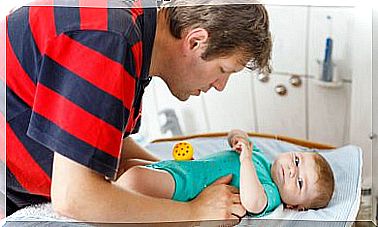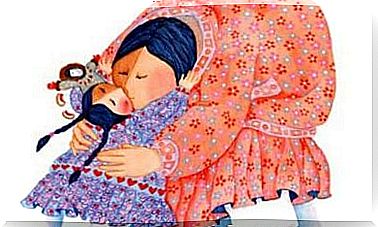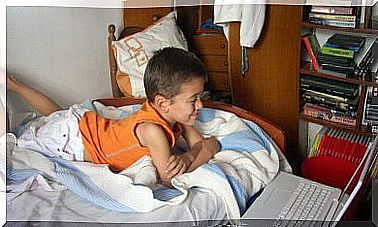Habits Of Reading And Buying Books

The promotion of reading is one of the objectives included within the Ministry of Culture and Sports. Within this Ministry, a Reading Promotion Plan has been drawn up , which has been in place since 2017 and which will end in 2020.
In this Promotion Plan, a series of data and information referring to reading habits and buying books are published. More specifically, the latest data that has been published in 2018 dates from everything related to reading during the year 2017.
Next, we will tell you a little more about the data published by the Federation of Publishers Guilds of Spain in relation to reading, both in general and especially the data referring to children’s literature.
Reading habits of Spaniards during 2017
Compared with the data evaluated during 2012, the year in which the previous Plan for the Promotion of Reading ended, the number of book readers in Spain has increased considerably.
In addition, it is noteworthy to note that 60% of Spaniards read, mostly for leisure, and that books are the second most widely read material in Spain, only surpassed by newspapers.
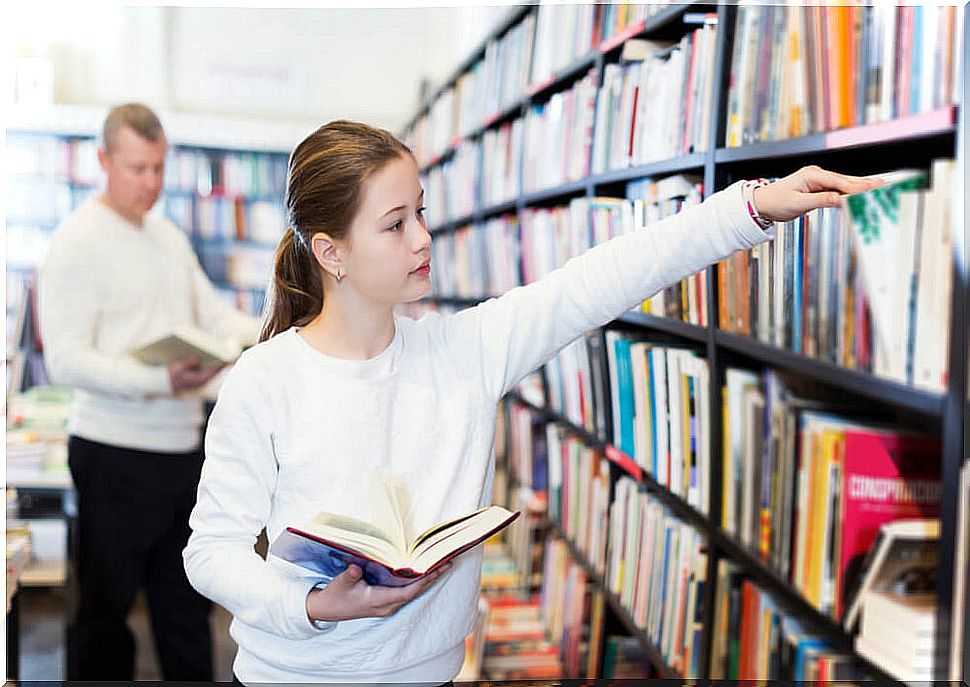
Digital reading or paper reading?
Regarding the controversy between reading on paper and digital reading, there are differences between the two. 40.3% of the population only read on paper, while 20% read electronic books.
In contrast, the digital reader has a significantly higher percentage of books read, with an average of 16.7 books per year, compared to the paper reader, which stands at 11.6 per year.
It is important to note that this data dates from practically three years ago, so it is possible that in the next barometer of next year we will see a significant increase in digital readers. The reason is that every day, to a greater extent, new technologies are part of our daily lives, including themselves in all our daily habits.
Buying books in Spain
Regarding the purchase of books in Spain, although it is true that the number of buyers increased compared to 2012, the number of books per buyer decreased.
As for the place where books are bought, Spaniards still prefer bookstores over Internet purchases. However, each time this type of purchase is increasing and, most likely, in the next barometer it will have increased considerably.
Reading, children and young people
Children’s and youth literature during childhood and adolescence is extremely important for the development and personal growth of children and young people.
The data referring to children’s literature begins at the age of 6. At this age, and up to 9 years, 85.2% of children read.
However, this figure drops to 70.8% in the case of young people between 10 and 14 years old, and to 44.7% between 15 and 18. With these data we can verify how essential it is to maintain the habit of reading during adolescence, as it is one of the most complicated stages for it.
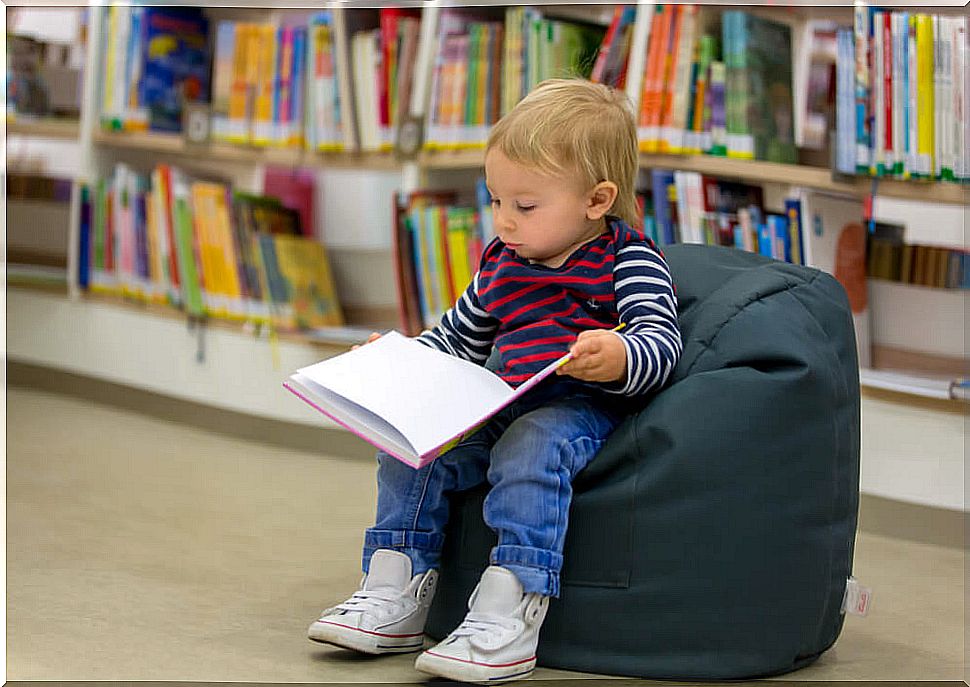
One of the highlights in this barometer of reading habits is the main reasons why young people between 14 and 24 years old do not read. The first one is due to lack of time, however, 51.5% of young people affirm that they do not read for two reasons:
- Because they do not like.
- Because it is not in your interest.
This is where the help of parents and educators is essential to encourage reading in a more playful way and thus ensure that each young person finds a book that excites and fulfills them.
Reading habits: recommendations for children’s and young people’s books
Although there are numerous campaigns that are carried out to promote reading in young people, such as recommendations on social networks, online readers’ circles or recommendations through YouTube videos, it is not enough when compared with the data that we get from this barometer.
Another of the most outstanding data is that the use of libraries as a place of reading in children and young people has decreased considerably. However, children’s and young people’s literature continues to be one of the most demanded subjects in searches.
Also, many parents continually seek advice on new titles for their young children. This advice continues to be sought in ‘word of mouth’, along with online searches as the main source of information.




